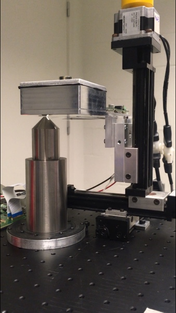High resolution monolithic detectors for PET
The spatial resolution of positron emission tomography systems is limited by the resolution of the detectors. Clinical PET scanners today employ pixelated detectors based on arrays of narrow and long scintillation crystals, ~ 3x3x18 mm3, coupled to an array of photodetectors, such as silicon photomultipliers. The trend towards smaller scintillation crystal pixels to obtain better spatial resolution negatively affects other desirable parameters like timing and energy resolution, sensitivity, and also cost. For this reason it is likely that future generation PET detectors are based on continuous monolithic scintillation detectors. Monolithic detectors have attractive properties to reach superior 3D spatial resolution while outperforming pixelated detectors in timing, energy resolution and sensitivity. While successfully implemented in preclinical systems, the monolithic detector design has not yet been implemented in any commercial clinical scanner. The aim of this project is the development of a high spatial resolution monolithic detector with application in a clinical PET systems.
